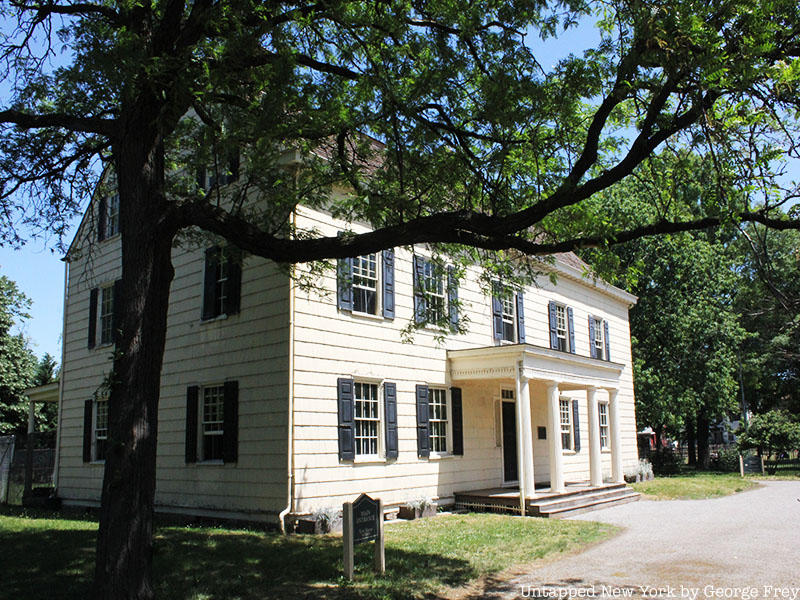5. The Green, Jamaica

The Green, also referred to as the Douglaston Community, was one of New York City’s oldest free Black communities, located in what is now Jamaica, Queens. The Green began sometime around 1830, though there is little information about the community’s shift from primarily Caucasian to racially diverse. the Green, which had a population of at least 100, was located most likely around Douglass St. and what is now Liberty Ave., between 168th Street and 175th Street. Census data suggests that the Green transitioned from white-owned properties rented out to Black residents to Black-owned homes. The Green had a handful of shops and appeared to have a rather separate economy from the rest of Jamaica.
Though those who lived in the Green developed a sustainable and close-knit community, as many faced regular hostility from the area’s white residents. One of the most prominent voices advocating for abolition was Rufus King, a New York Senator who lived at and names the King Manor Museum in Jamaica. Churches became centers for the African American population to feel welcome and supported, and just a few towns over, Newtown was a similar community of freed African Americans. Much of the Black population in Jamaica banded together since the threat of discrimination and slavery was still very real, even though slavery was abolished two decades prior. Most of the property on the grounds of the Green has been industrialized, although there is one lot that may have the remains of a structural foundation of a building from the era.
Wilson Rantus purchased a plot of land on “the Green” for $120, suggesting he was a person of interest in the community. Rantus signed a petition of Long Island African Americans to receive voting rights and helped to organize a conference in Jamaica “for cooperating with our disenfranchised brethren throughout the State, in petitioning for the right of suffrage.” In 1822, the Presbyterian Church in Jamaica set up a free school, and in the 1840s the church offered a more select academy for students of both races, but Rantus unsuccessfully fought to get a new Black school for Jamaica. Rantus, who at one point owned six properties in the Green, financially backed a monthly magazine by Thomas Hamilton, a pioneering Black journalist who founded and contributed to papers such as The Colored American and The Anglo-African Magazine.





